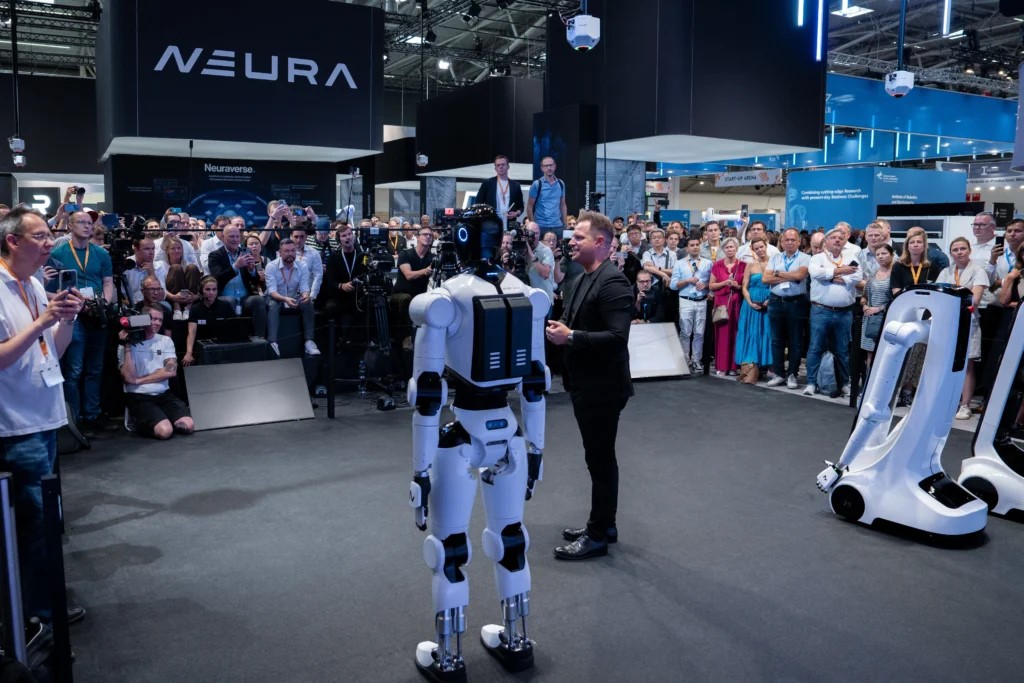In the world of robotics few events create as much excitement as the unveiling of advanced humanoid robots. However, anticipation turned into disappointment recently when Germany’s humanoid robots failed to show up for their debut, leaving experts, tech enthusiasts, and industry stakeholders puzzled and concerned.
Germany has long been a powerhouse in engineering, known for its precision, innovation, and technological breakthroughs. So when the highly anticipated Germany humanoid robots debut didn’t go as planned, questions started flooding in. What happened? Why did these cutting edge machines fail to appear? And what does this mean for the future of robotics in Europe?
The Big Event That Never Happened
The debut was scheduled at the prestigious European Robotics Forum (ERF) an annual event that showcases the latest developments in robotics, artificial intelligence, and automation. This year, Germany was expected to make headlines with the introduction of its new generation of humanoid robots designed for industrial, healthcare, and even domestic assistance roles.
Months of hype preceded the event. Teasers, promotional videos, and press releases had sparked excitement worldwide. From social media chatter to tech blogs all eyes were on Germany humanoid robots debut, billed as a milestone for European robotics.
But when the curtain rose the stage remained empty. The humanoid robots were nowhere to be seen. Instead of a dazzling demonstration of robotic capabilities, attendees were left with apologies, technical explanations, and a lingering sense of disappointment.

Behind the Scenes: What Caused the No Show?
While official statements remained vague initially credible sources within the German robotics community have shed light on the situation. Several factors contributed to the failed debut:
1. Unforeseen Technical Malfunctions
Despite Germany’s reputation for precision engineering, complex robotics is inherently unpredictable. Insiders report that last-minute software glitches caused synchronization failures in the robots’ motor functions. The machines were unable to execute the planned demonstrations safely, forcing organizers to pull them from the event.
According to Dr. Markus Steiner, a senior robotics engineer involved in the project, “We tested these robots in controlled environments successfully. But live events introduce variables we couldn’t fully anticipate. Safety always comes first.”
2. Supply Chain Disruptions
Another major hurdle was ongoing global supply chain disruptions, still lingering from the pandemic and geopolitical tensions. Critical components particularly AI processing chips and specialized sensors arrived late or in insufficient quantities, hampering final assembly and testing.
“Even Germany’s advanced manufacturing sector isn’t immune to these global bottlenecks” said Dr. Steiner. “Building a humanoid robot is not like assembling a car. Every tiny component plays a vital role.”
3. Overambitious Deadlines
Industry experts also point to overambitious project timelines driven by the pressure to stay competitive. With countries like the US, China, and Japan making rapid strides in humanoid robotics, German developers were under immense pressure to showcase progress. Unfortunately, that may have led to rushing the debut before the robots were truly ready for public demonstration.

Global Reactions: Disappointment and Understanding
The absence of Germany’s humanoid robots sparked mixed reactions worldwide. Some critics called it an embarrassing setback for Europe’s tech ambitions. Others, particularly within the engineering and robotics communities, expressed understanding.
Developing humanoid robots that can walk, talk, and interact with humans safely is among the most complex engineering challenges of our time. Setbacks are not only expected they’re inevitable.
Tech journalist Laura Müller, covering the ERF, remarked, “Of course, we wanted to see the robots. But I’d rather see cautious responsible development than rushed unsafe demonstrations.”
What’s Next for Germany’s Humanoid Robots?
Despite this high profile stumble, Germany’s robotics sector remains committed to its vision. Developers have promised that the Germany humanoid robots debut will still happen just on a revised timeline.
Key research institutions such as Fraunhofer Institute for Manufacturing Engineering and the German Aerospace Center (DLR) are actively involved in refining the technology. Industry insiders expect the robots to undergo rigorous new testing before their next public appearance likely later this year or in early 2026.
Meanwhile, the setback has triggered valuable discussions about the pace of AI and robotics development ethical considerations, and the need for realistic public expectations.
A Setback Not a Defeat
The failure of Germany’s humanoid robots to show up for their debut is undoubtedly a disappointment, but it’s not a disaster. Rather, it highlights the immense complexity of creating safe, reliable humanoid machines and the courage it takes to admit when things aren’t ready.
In the relentless race for technological advancement, patience remains a virtue. And if Germany’s track record in engineering is anything to go by, the world hasn’t seen the last of its humanoid robots they’ll arrive, just a little later than planned.


2 thoughts on “Germany Humanoid Robots Debut Fails: 3 Shocking Setback for European Robotics Revealed”